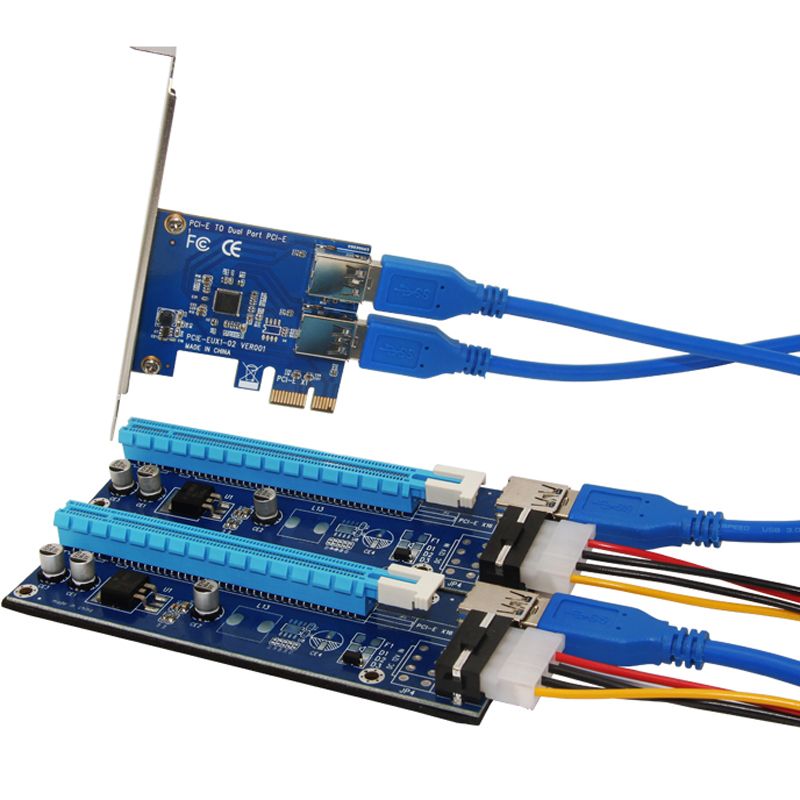


Checking the Fine Printīe sure to check the following issues when you compare these cards:īracket types providedIf you are planning to install a USB 3.0 card into a system that uses shorter-than-normal card brackets (such as a low-profile or home theater PC), make sure you choose a card that includes a low-profile bracket.Īuxiliary power requirementsSome cards use a four-pin hard disk (Molex) power connector, while others use a four-pin floppy power connector, an SATA power connector, or a USB motherboard header. PCIe x4 cards that provide both USB 3.0 and eSATA 6GBps are currently available from ASUS, but others may become available over time. PCIe x1 cards are available from Acomdata, Belkin, Buffalo Technology, EVGA, Gigabyte, GWC Technology, HP, LaCie, Kingwin, Koutech, MSI, Rosewill, SIIG, StarTech, Vantec, and many others. To upgrade a desktop computer to USB 3.0, you must have an available PCI Express (PCIe) slot that’s x1 or wider.

Add-on Card for Desktop ComputersĪdding USB 3.0 ports via an add-on card is easier and less expensive than replacing the motherboard or purchasing a new computer. If you want to add USB 3.0 devices to your system and get the performance and other benefits they provide, you first need to add USB 3.0 ports to your system. Learn More Buy Upgrading Your Current System to USB 3.0 Upgrading Your Current System to USB 3.0

Your mileage may vary, but as with any upgrade, you’ll want to make sure you have a reliable full-system backup before you begin the process.Upgrading and Repairing PCs, 19th Edition Some users seem to encounter compatibility issues, others run into driver problems. Newegg is a good place to start your search, though do check the often-middling user ratings for the various cards. You may need to poke around inside your case to see your available slot and power options. However, you’ll want to make sure to pick a USB 3.0 card that matches the kind of slot you have, and check its power requirements: some cards need you to connect a Molex plug (commonly found in older desktops), while others rely on SATA plugs. Basically you just drop the card into an available slot, connect a power cord, then install some drivers. If you’ve never ventured inside your desktop before, this is one of the easier upgrades you can perform. (Alas, they’ll be at the back of your PC, but that’s better than nothing.) Yep, you guessed it, you’re going to be buying and installing a USB 3.0 PCI card, which will add four of the blazingly fast ports to your PC.


 0 kommentar(er)
0 kommentar(er)
